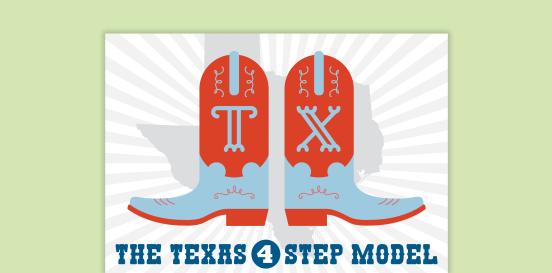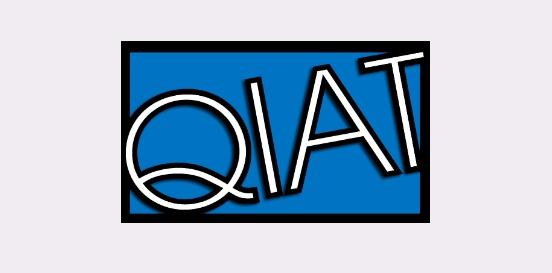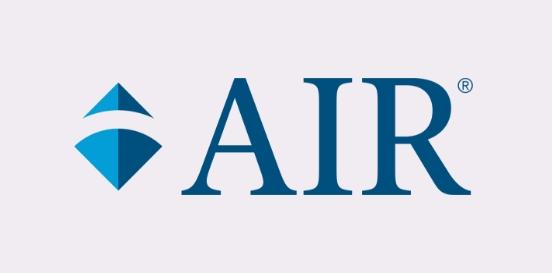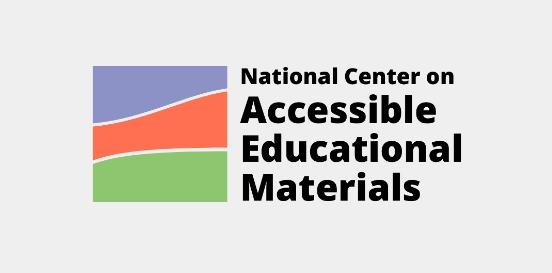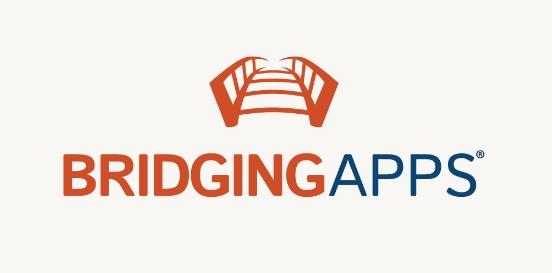Book Holder
Off-the-shelf or fabricated devices used to hold books. These holders come in various forms and designs but generally aim to provide support for holding books open and at a readable angle without requiring the user to hold the book themselves.
Considerations
Take the following considerations into account when selecting and implementing AT to ensure that the chosen tools are well-suited to the student’s needs, align with their goals, and seamlessly integrate into their educational journey. By embracing a collaborative approach and considering the specific skills, tasks, and implementation context, educators can provide students with the necessary support to thrive academically and functionally, promoting inclusivity and fostering their overall success.
Skills and Tasks What skills or tasks will the student utilize this tool for? What areas, functional or academic, does this tool support?
Reading
Implementation Context In what activities, classes, or environments will the student utilize this tool?
Book holders provide support to individuals facing mobility or dexterity challenges. These devices enhance accessibility, providing individuals with disabilities the freedom to read comfortably without the physical strain of holding a book for long durations. Moreover, they enable hands-free reading, empowering users to turn pages and adjust their position independently. By promoting independence and fostering a deeper engagement with literature, book holders contribute to a more inclusive reading experience for all. Some students with low vision, especially those who need to be physically closer to the page or those who have issues with glare, use book stands to position the book for better access.
Some common features of assistive technology book holders include adjustable angles for optimal reading position, page holders or clips to keep pages in place, and sturdy bases to prevent tipping or slipping.


